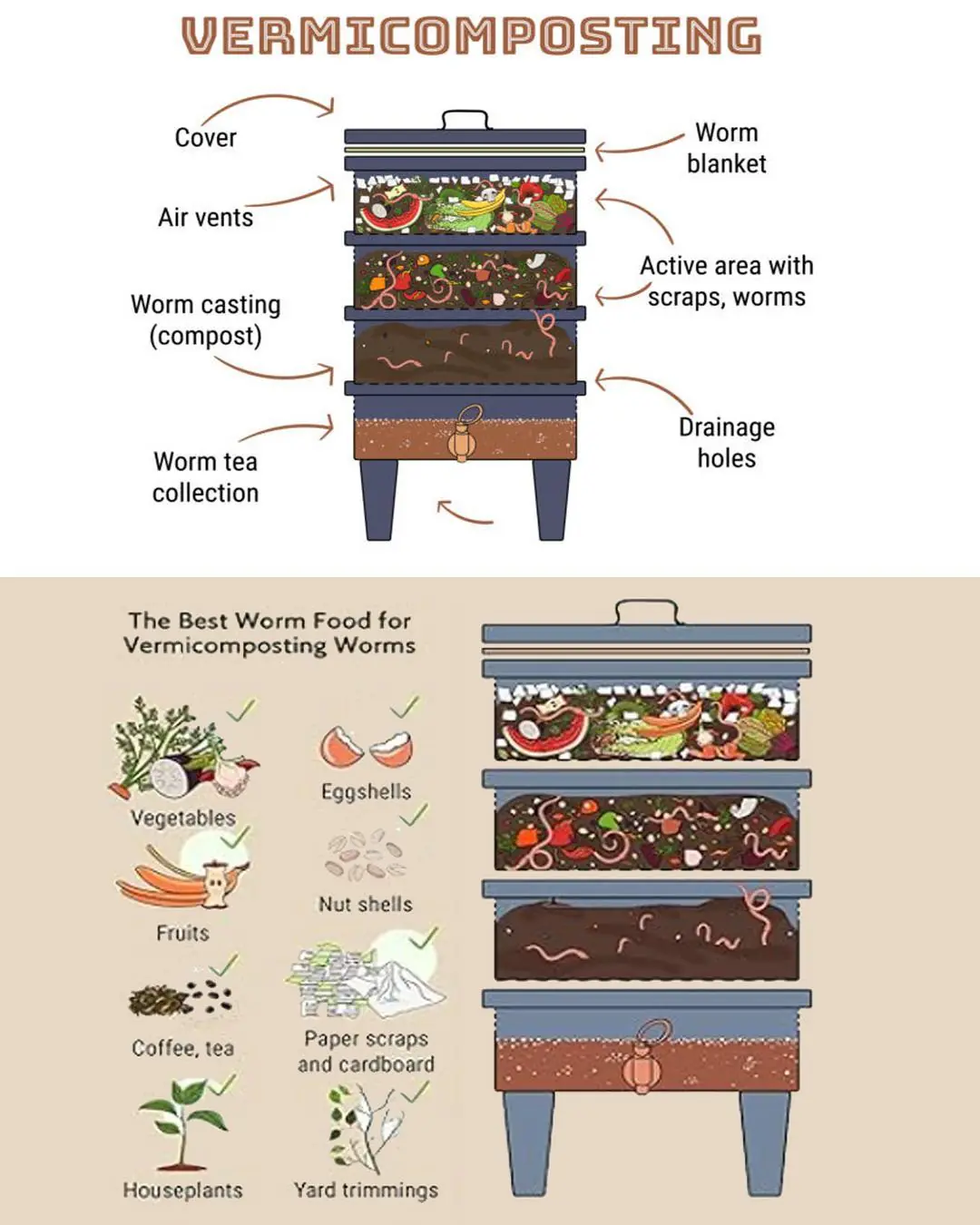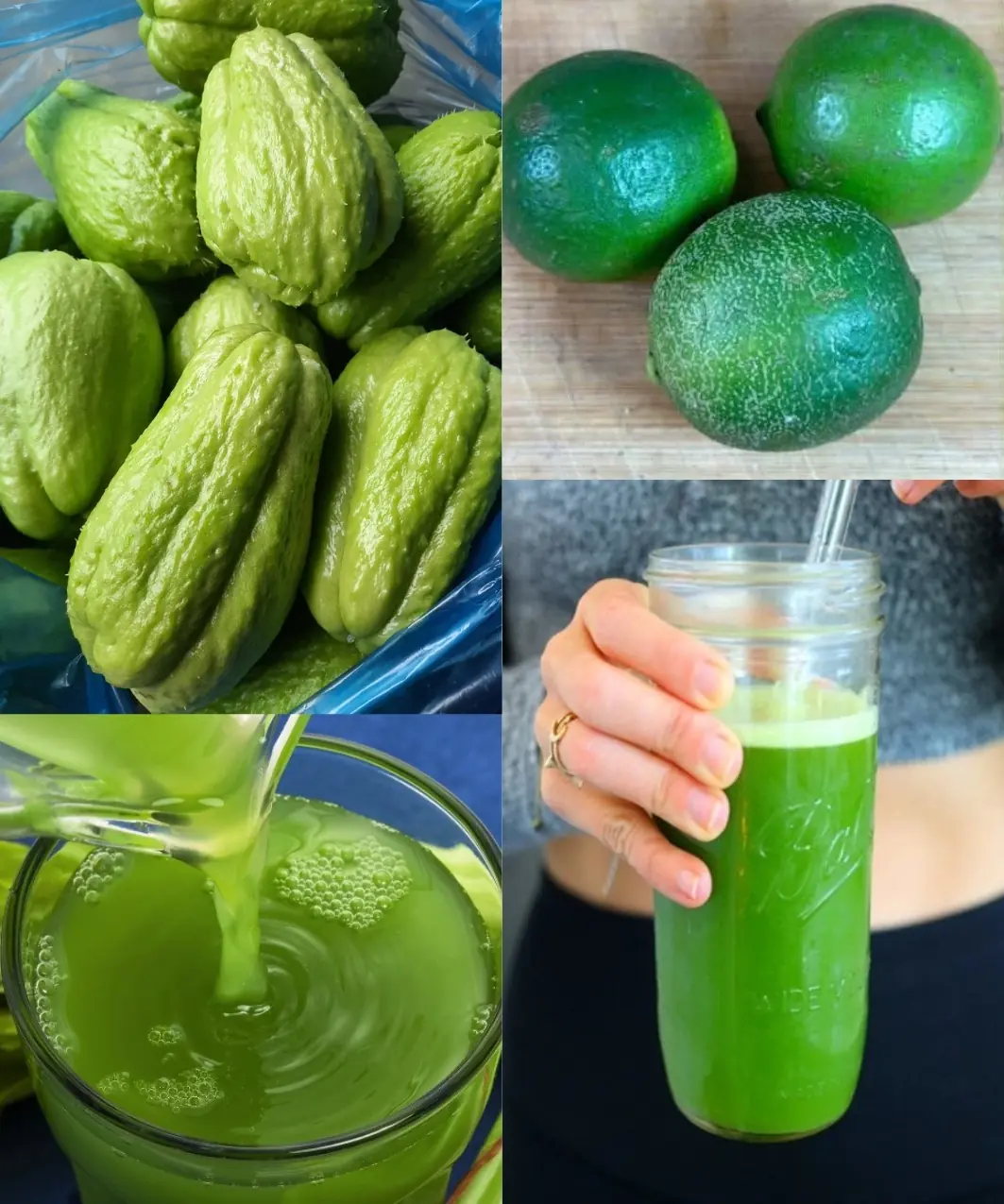
Basil Flower: The Fragrant Elegance of Aromatic Blossoms
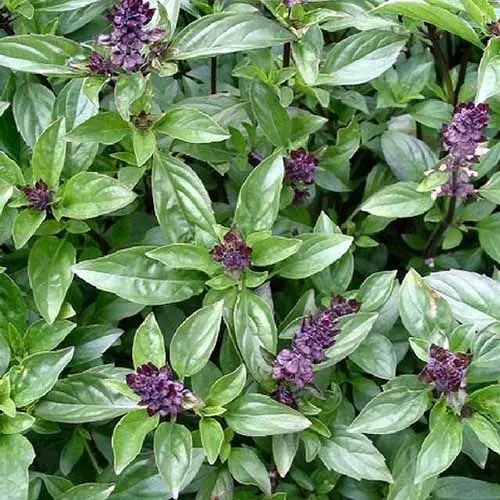
Often overshadowed by its aromatic leaves, the basil flower is a hidden gem in the world of culinary and medicinal herbs. While basil (Ocimum basilicum) is widely celebrated for its flavorful foliage, its delicate blooms carry their own unique charm and benefits. Discover how these enchanting flowers can enhance your garden, dishes, and natural remedies.
Botanical Profile
Basil is a member of the Lamiaceae family, native to tropical regions and widely cultivated around the globe. The basil flower, typically found in hues of purple, white, or pink, emerges as a graceful cluster atop the vibrant green leaves. These blooms not only add visual appeal to the plant but also emit a subtle, sweet fragrance reminiscent of the herb’s signature aroma.
Culinary and Medicinal Uses
Culinary Delights:
Basil flowers are edible and can be used as a garnish to elevate the presentation and flavor of salads, pastas, and other dishes. Their delicate taste, which is milder than the leaves, offers a nuanced twist to traditional basil-infused recipes. Some chefs even incorporate them into infused oils and vinegars, unlocking a different dimension of basil’s aromatic profile.
Medicinal Benefits:
While basil leaves are renowned for their anti-inflammatory and antioxidant properties, the flowers also contain beneficial compounds that can aid in digestion and boost overall health. Traditionally, basil flowers have been used in herbal teas and infusions to help relieve stress and promote relaxation.
Cultivation and Care
Growing basil for its flowers is both rewarding and relatively simple. Here are some key tips to help you cultivate a flourishing basil plant that will reward you with its elegant blooms:
-
Optimal Conditions:
Basil thrives in warm, sunny environments. Ensure your plant receives at least 6-8 hours of sunlight daily and is situated in well-draining soil rich in organic matter. -
Regular Watering:
Keep the soil consistently moist, but avoid overwatering, which can lead to root rot. A balanced watering routine will promote healthy foliage and abundant flowering. -
Pruning for Abundance:
Regular pruning encourages bushier growth and delays flowering, which is ideal if you prefer the leaves. However, if your goal is to enjoy basil flowers, allow a few stems to bloom naturally. -
Pest Management:
Basil flowers, like their leaves, can attract beneficial insects such as bees and butterflies. These pollinators help maintain the ecological balance in your garden, making basil an excellent addition to a biodiverse landscape.
Embracing the Hidden Wonders
The beauty of basil flowers lies in their dual role as both an ornamental and a functional part of the herb. Their subtle aroma and delicate appearance provide a unique twist on traditional basil, inviting you to explore creative culinary and therapeutic uses. Whether you're garnishing a gourmet dish, brewing a soothing tea, or simply admiring their natural beauty in your garden, basil flowers offer an unexpected way to celebrate this versatile herb.
Rediscover the hidden elegance of basil by letting its flowers bloom—a testament to nature’s ability to surprise and inspire with even the most familiar plants.
Embrace the fragrant allure of basil flowers and let them transform your garden and kitchen into a haven of natural beauty and flavor.
News in the same category


LISTEN TO YOUR BODY! Discover 10 subtle nutrient red flags and the easy fixes that can transform your health!

The Surprising Impact of Sleeping Pills on the Brain’s Cleaning System 🧠🛏️

What happens when you cook with aluminum foil? Read this before cooking with it
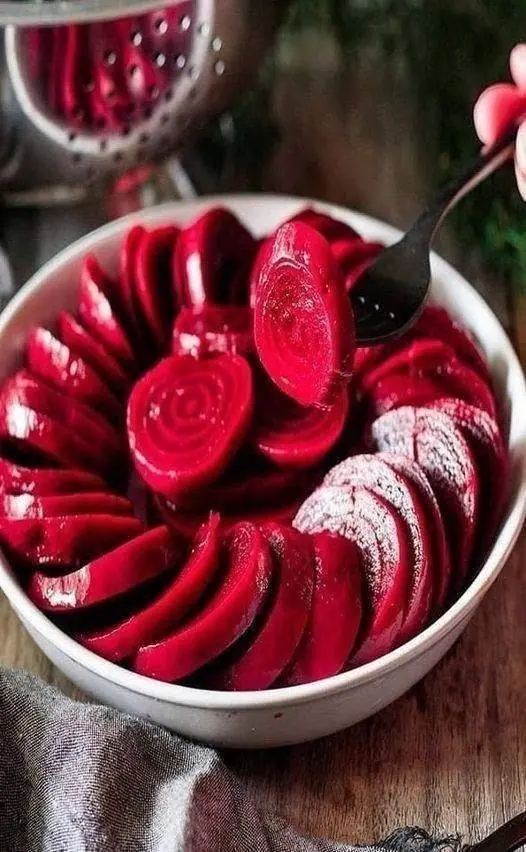
Revitalize Your Health: The Ultimate Beetroot & Lemon Detox Elixir for Colon Health and Weight Loss
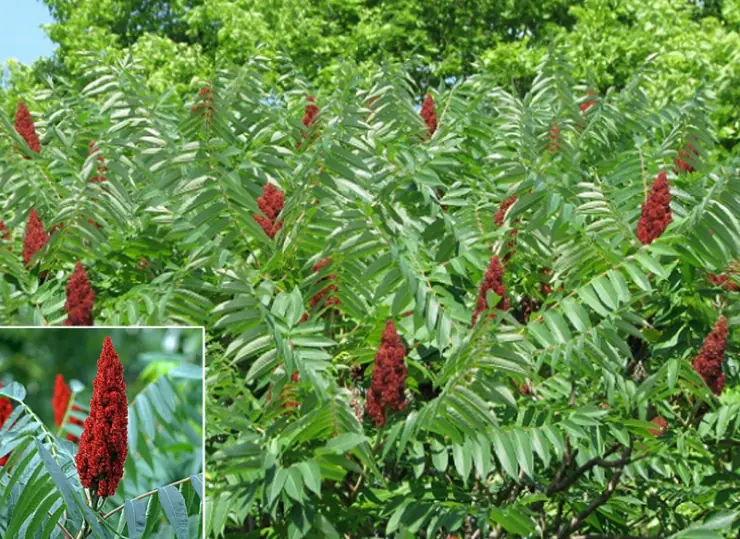
Sumac Tree Benefits – A Powerful Medicinal and Culinary Plant
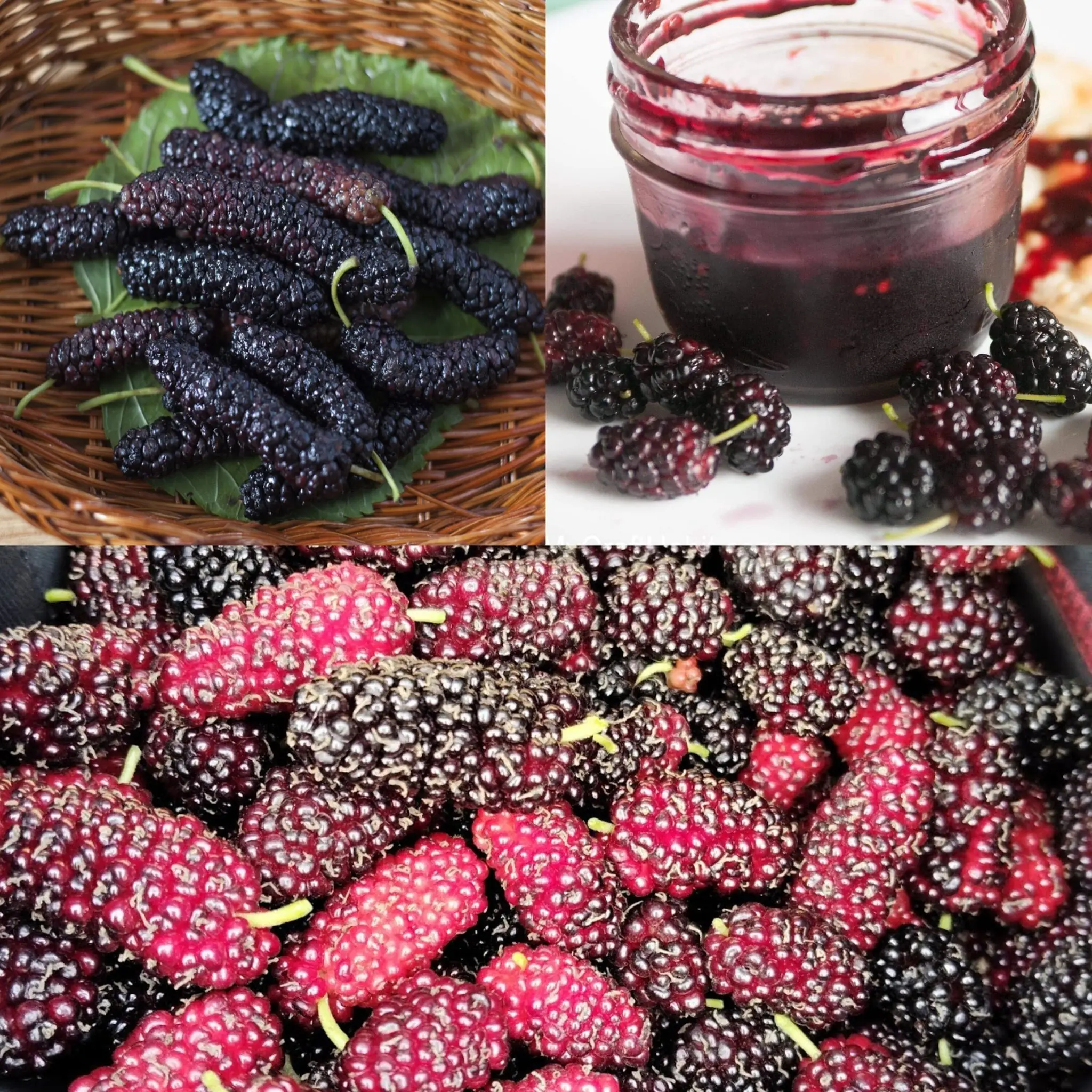
Mulberry Magic: Unleashing the Health and Flavor of Homemade Black Mulberry Jam
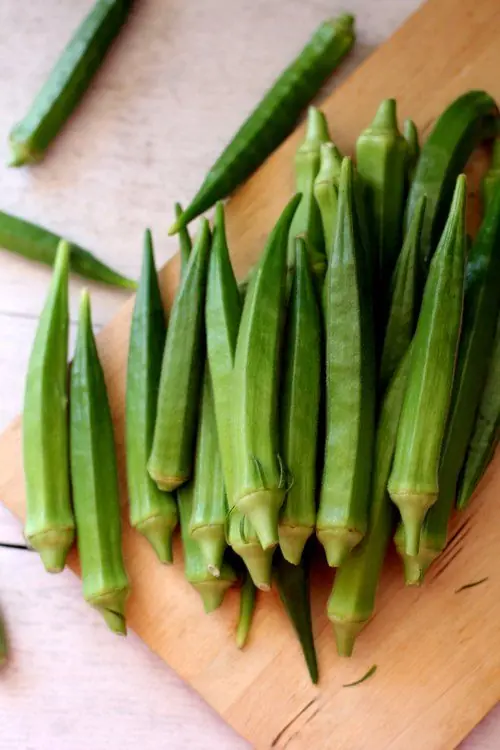
Okra Unleashed: Unlocking the Nutritional Power and Culinary Magic of Lady's Finger
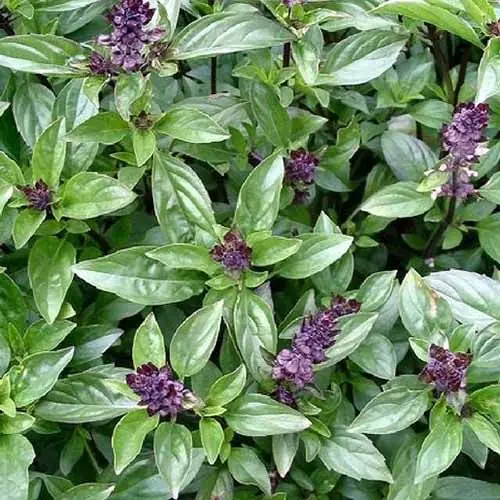
Basil Flower: The Fragrant Elegance of Aromatic Blossoms

Drink This Once a Day and Transform Your Health!
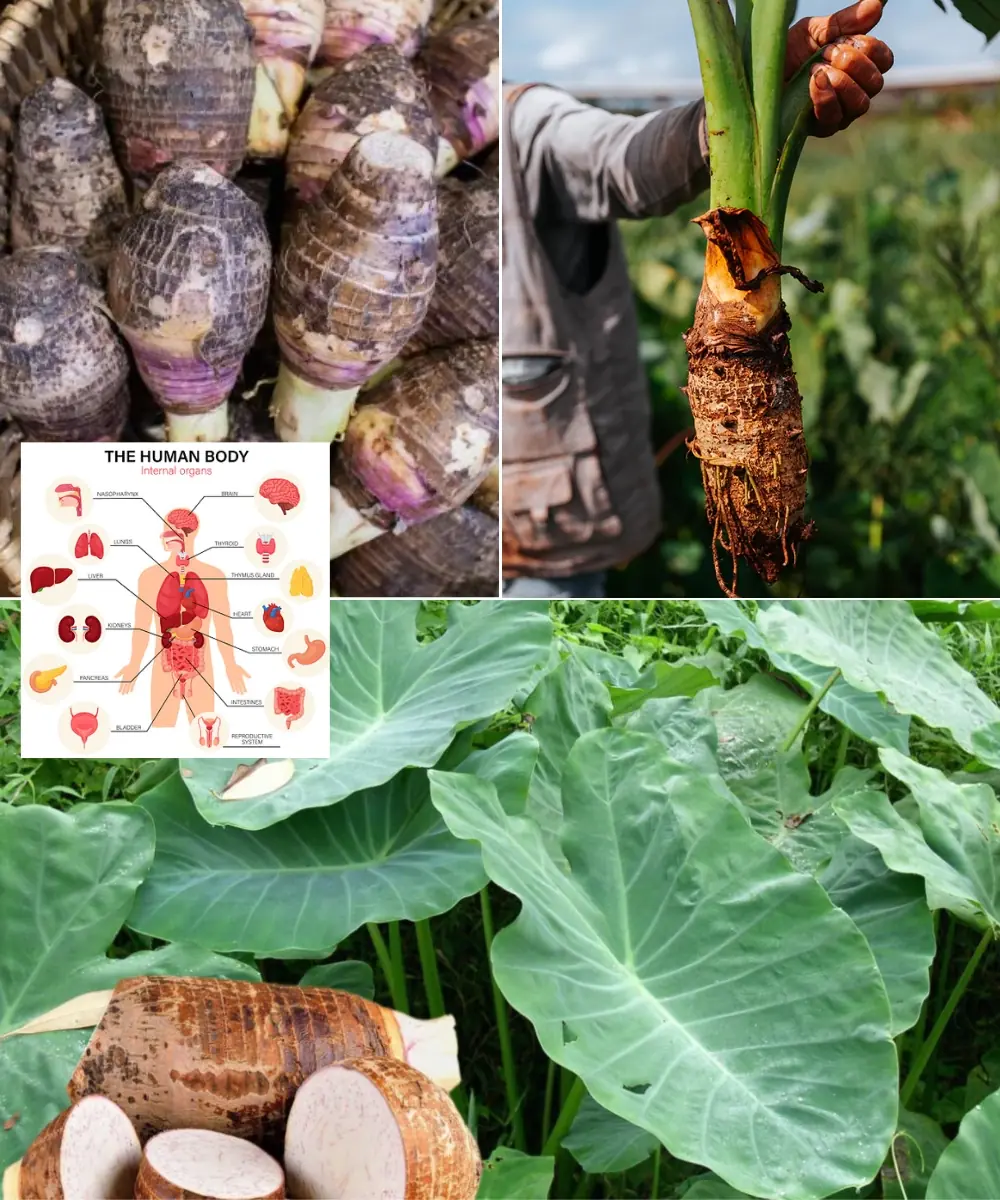
Taro Root (Colocasia esculenta): Uses, Benefits, and Healthy Recipes

Creamy Garlic Parmesan Tortellini with Sausage and Broccoli

Next-Level Teriyaki Chicken Power Bowl 🥦🍚🥒
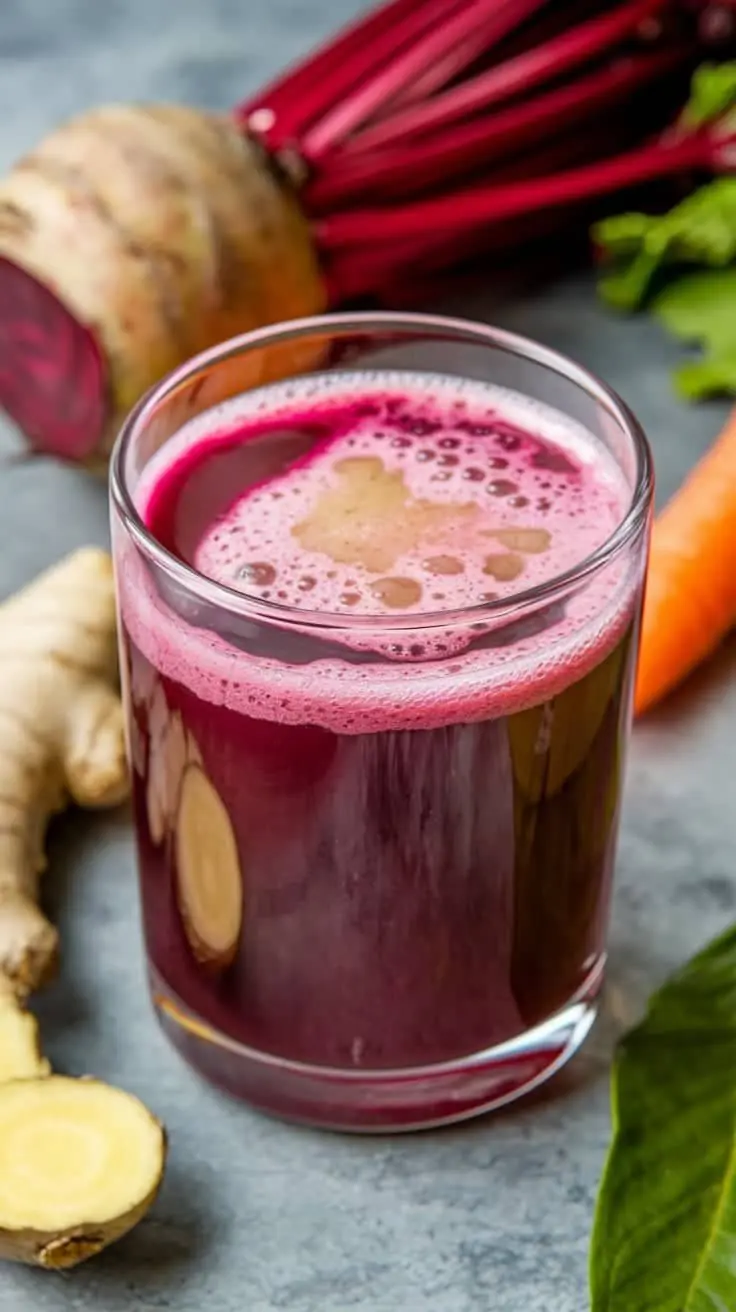
Watermelon, Carrot, Beetroot, and Ginger Juice: A Refreshing Drink with Incredible Health Benefits

Experts who predicted covid say new virus appearing in US could threaten 'all of mankind'

SCIENTISTS FIND BEETHOVEN'S 5TH SYMPHONY DESTROYS 20% OF CANCER CELLS VS WHEN NO MUSIC IS PLAYED, AND IT LEAVES HEALTHY CELLS
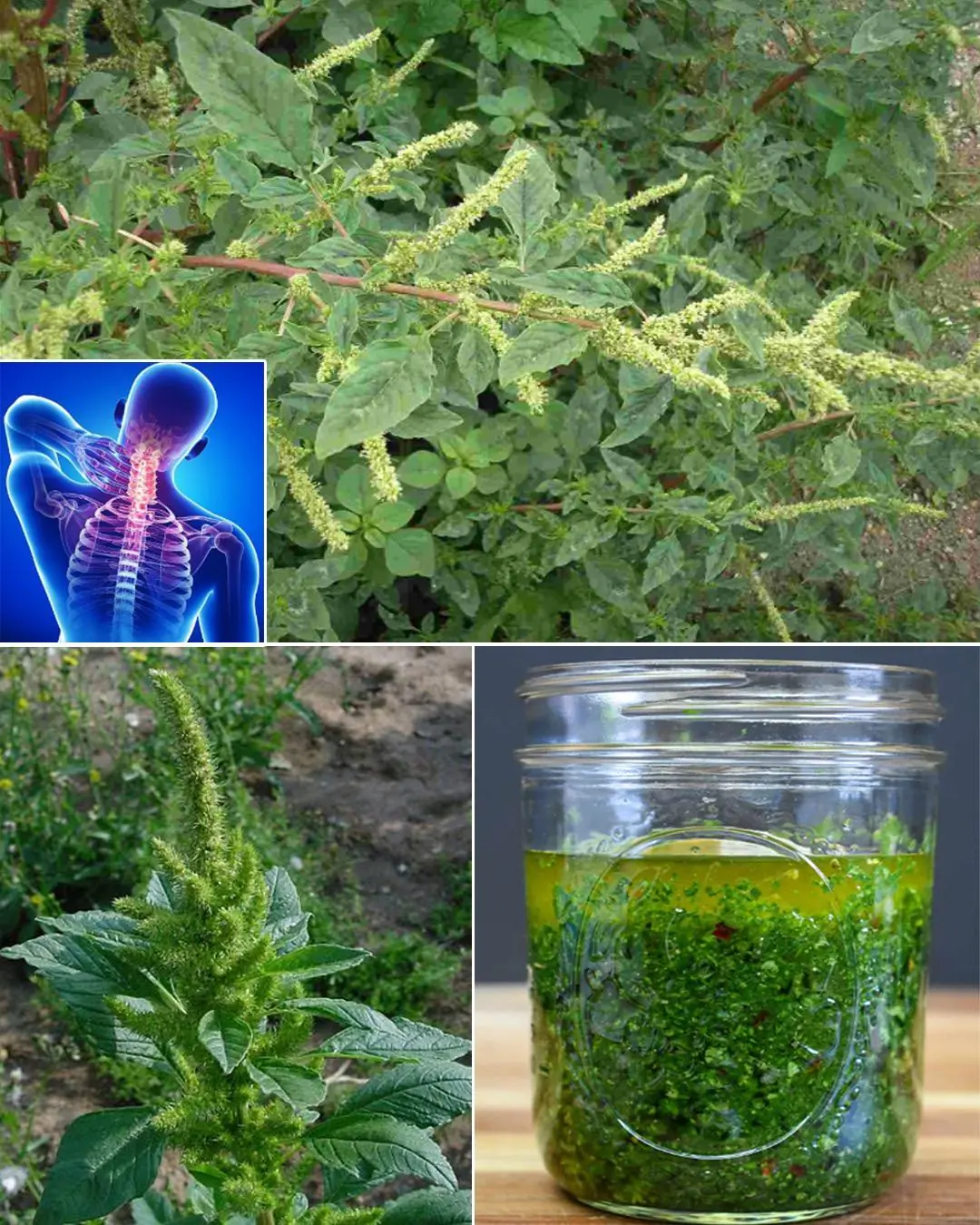
10 Benefits of Pigweed (Amaranth)
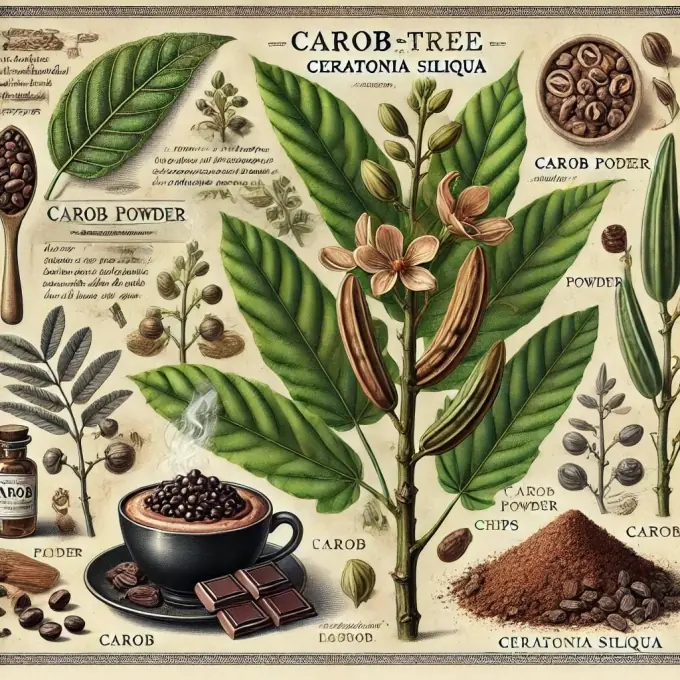
Carob: Health Benefits, Culinary Uses, and Sustainable Recipes
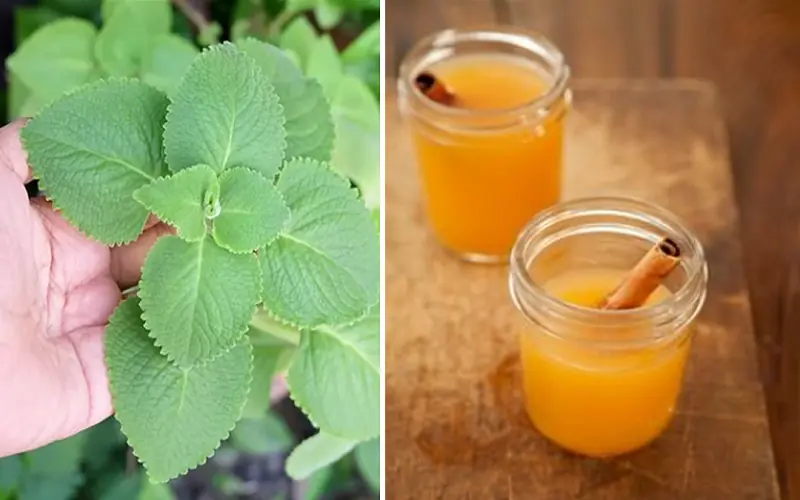
Natural Healing Tonic: A Powerful Herbal Drink for Diabetes, High Blood Pressure, and Circulation
News Post
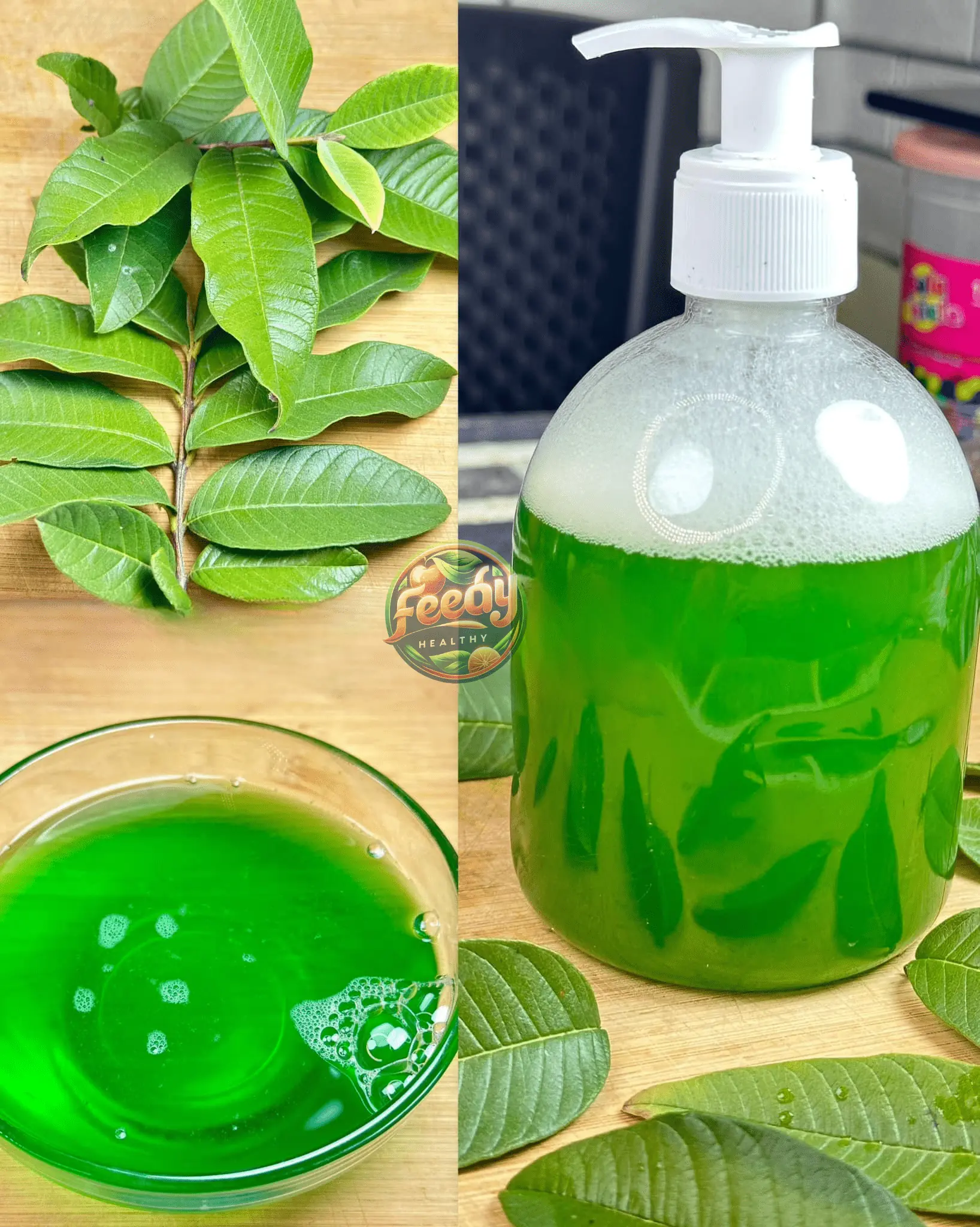
With this shampoo, you’ll put an end to hair loss and even stimulate hair growth on your forehead.
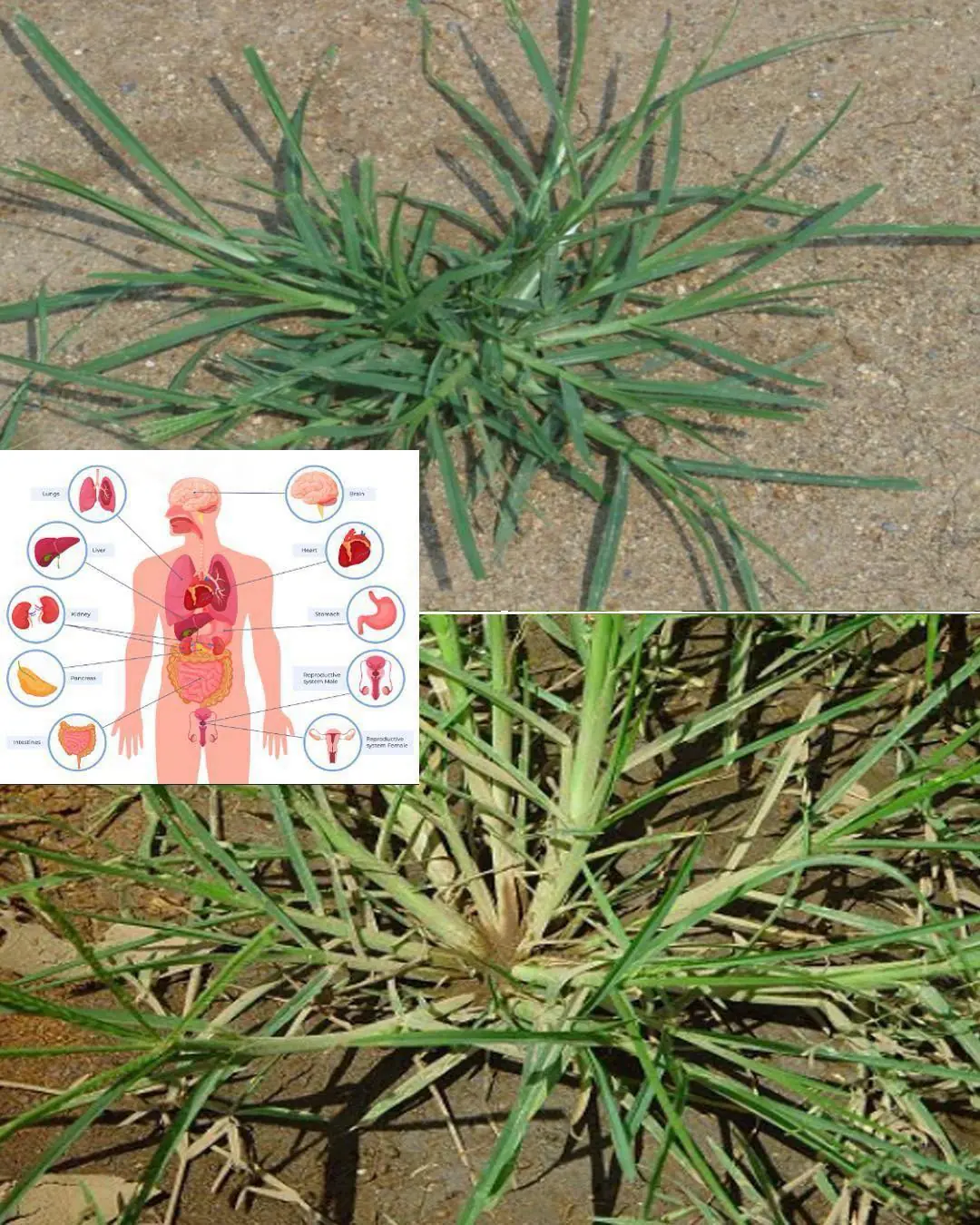
Goosegrass: A Hidden Natural Remedy with Remarkable Benefits

Chayote Juice: A Natural Remedy with 13 Remarkable Health Benefits

LISTEN TO YOUR BODY! Discover 10 subtle nutrient red flags and the easy fixes that can transform your health!

The Surprising Impact of Sleeping Pills on the Brain’s Cleaning System 🧠🛏️

What happens when you cook with aluminum foil? Read this before cooking with it
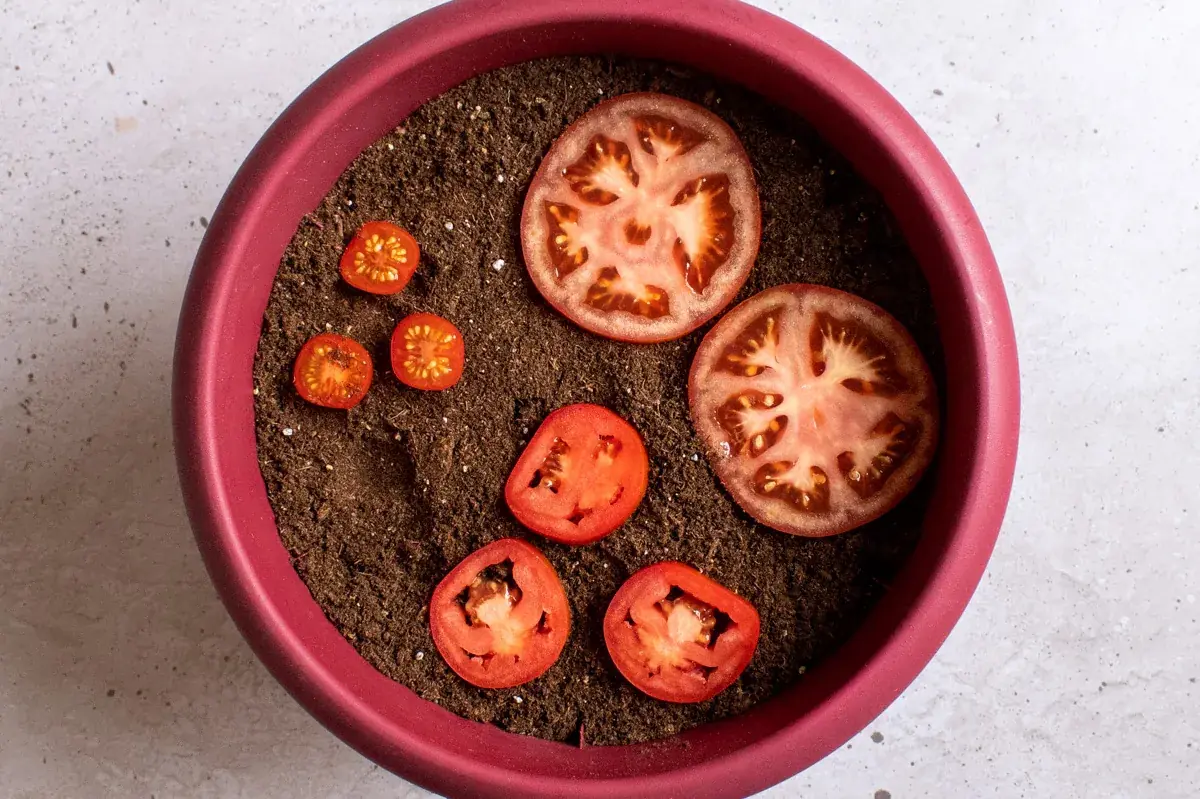
Forget Tomato Seeds: Just Plant a Few Slices from the Store. Here’s How

Revitalize Your Health: The Ultimate Beetroot & Lemon Detox Elixir for Colon Health and Weight Loss

Sumac Tree Benefits – A Powerful Medicinal and Culinary Plant

Golden Crispy on the Outside, Soft & Fluffy Inside: A Perfect Pan-Fried Breakfast Bread

Mulberry Magic: Unleashing the Health and Flavor of Homemade Black Mulberry Jam

Okra Unleashed: Unlocking the Nutritional Power and Culinary Magic of Lady's Finger
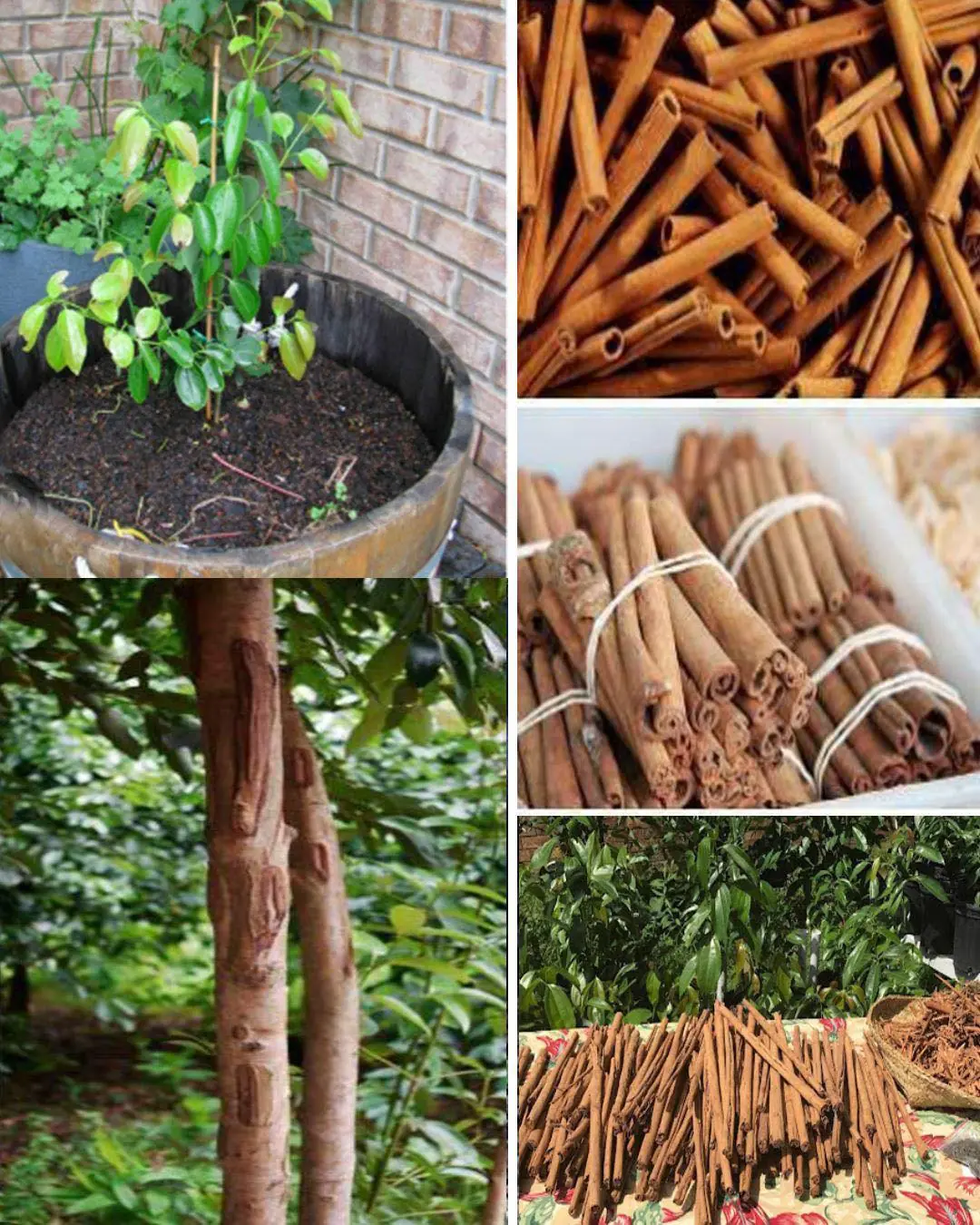
How to grow Cinnamon trees

Bedbugs: Effective Ways to Eliminate Them from Your Home
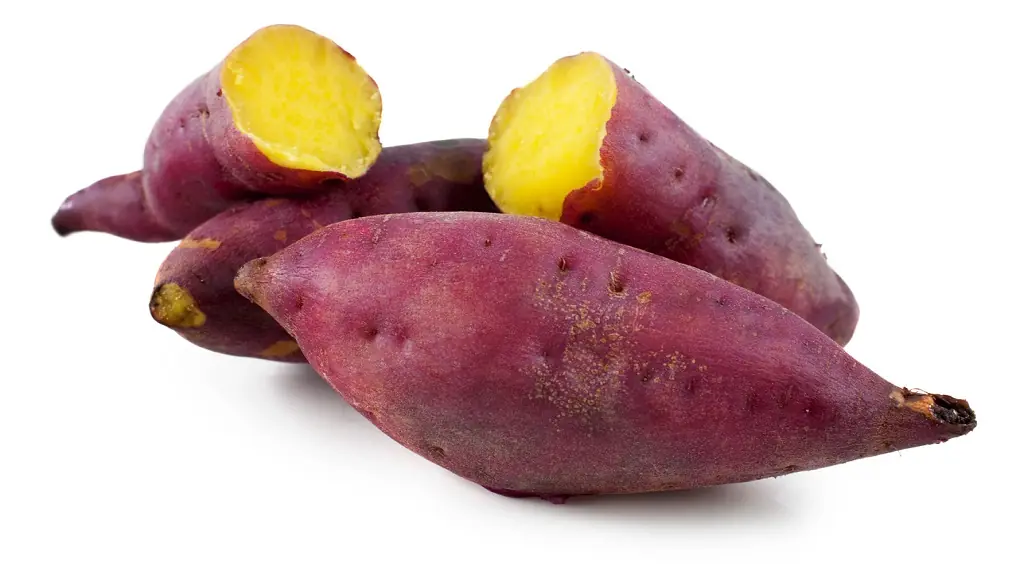
Regularly Eating Sweet Potatoes for Breakfast: 3 Visible Health Benefits You Shouldn't Miss

How to Build a Homemade Egg Incubator Using a Water Bottle

Banana Avocado Pistachio Smoothie

Drink This Once a Day and Transform Your Health!
